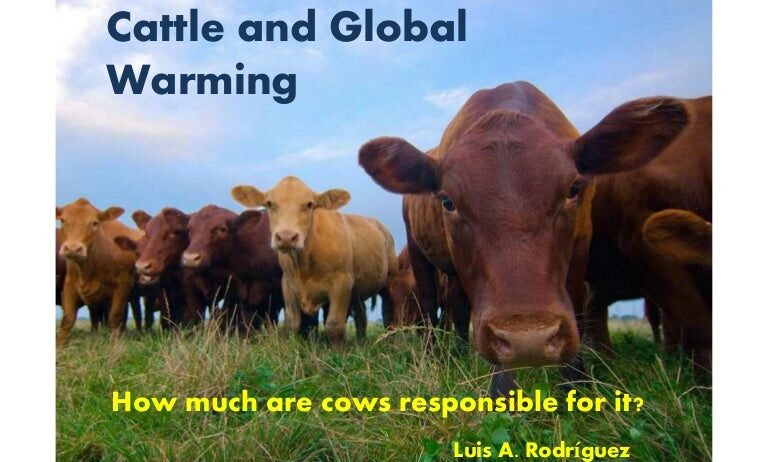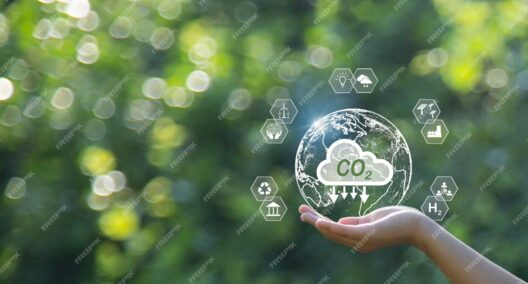Introduction
The impact of cattle farming on global warming is a multifaceted issue involving various elements, including greenhouse gas emissions, chemical usage, and the broader environmental ramifications. As livestock production continues to rise to meet global demand for meat and dairy, it becomes increasingly essential to scrutinize the relationship between cattle farming chemicals and climate change.
Understanding Greenhouse Gas Emissions
Cattle farming is responsible for a substantial share of greenhouse gas emissions, particularly methane (CH₄) and nitrous oxide (N₂O). Methane, a potent greenhouse gas, is produced during digestion through enteric fermentation. It is significantly more effective at trapping heat in the atmosphere compared to carbon dioxide, with a global warming potential approximately 28 times greater over a 100-year period. Nitrous oxide, on the other hand, arises primarily from the application of synthetic fertilizers and manure management. Collectively, these gases account for a large proportion of the agricultural sector’s contribution to climate change.
The Role of Chemicals in Cattle Farming
Cattle farming employs a myriad of chemicals, including fertilizers, pesticides, antibiotics, and hormones, each of which can contribute to environmental degradation and climate change. Fertilizers, often nitrogen-based, can lead to increased nitrous oxide emissions when applied excessively. While fertilizers boost pasture growth and enhance crop yields for feed, their overuse can adversely affect soil health and water quality, leading to deeper ecological consequences.
Pesticides are another category of chemicals utilized in cattle farming. Although their primary purpose is to protect crops from pests, their runoff can contaminate nearby waterways, leading to disrupted ecosystems and affecting local wildlife. When these chemicals enter the soil, they can further exacerbate the release of greenhouse gases, creating a vicious cycle. The repercussions of using pesticides extend beyond emissions; they contribute to biodiversity loss and threaten pollinator populations crucial for food production.
Antibiotics and hormones administered to cattle not only influence growth rates but also raise significant concerns regarding public health and environmental sustainability. The overuse of antibiotics can lead to antibiotic resistance in humans, which remains a pressing global health challenge. Additionally, some studies suggest that hormone treatments may disrupt local ecosystems if they enter waterways through runoff or manure, further complicating the environmental footprint of cattle farming.
Land Use and Deforestation
Another critical aspect of cattle farming that intertwines with climate change is land use. Cattle ranching requires extensive land areas, often leading to deforestation. Forests act as carbon sinks, absorbing CO₂ and offsetting greenhouse gas emissions. When forests are removed for pastureland, not only is this crucial carbon sequestration capacity lost, but the act of deforestation contributes to increased atmospheric CO₂ levels. The intersection of chemical use and land conversion creates a troubling scenario for climate stability.
In many regions, particularly in tropical zones, cattle farming is a major driver of deforestation. The extensive clearing of forests for grazing can disrupt local climates, reduce biodiversity, and release stored carbon, intensifying the challenges associated with climate change. As the global population continues to grow, the demand for beef and dairy is expected to rise, putting additional pressure on land resources.
Sustainable Alternatives and Practices
Amid the complex interplay of cattle farming and climate change, there are emerging sustainable practices aiming to mitigate these impacts. Rotational grazing, for instance, can improve soil health and sequester carbon. By allowing pastures to recover, this method enhances forage quality and reduces overgrazing, thereby lowering methane emissions from cattle.
Integrating agroecological principles into cattle farming can also provide viable alternatives. This approach emphasizes biodiversity, soil health, and ecological balance, promoting the use of organic fertilizers and minimizing chemical interventions. By harnessing natural systems, farmers can reduce dependency on harmful chemicals while maintaining productivity.
Policy Implications and Future Considerations
To address the complex relationship between cattle farming chemicals and global warming, comprehensive policies must be considered. Regulatory frameworks that support sustainable agricultural practices can incentivize farmers to adopt environmentally-friendly methods. Implementing carbon pricing could further encourage the reduction of greenhouse gas emissions across the agriculture sector.
Investment in research is also crucial. Identifying alternative feed sources that produce less methane or developing vaccines to reduce enteric fermentation presents opportunities to innovate within the cattle industry. Partnerships between governments, NGOs, and the private sector can accelerate the adoption of these new technologies and practices.
Conclusion
In conclusion, the impact of cattle farming chemicals on global warming is a critical concern that extends far beyond the livestock sector. By understanding the contributions of greenhouse gases, the roles of various chemicals, and the broader implications for land use, it becomes evident that comprehensive action is necessary. Sustainable practices and thoughtful policies can help mitigate the adverse effects of cattle farming while promoting a more resilient food system. Addressing these challenges head-on is essential for ensuring a sustainable future in the face of climate change.






